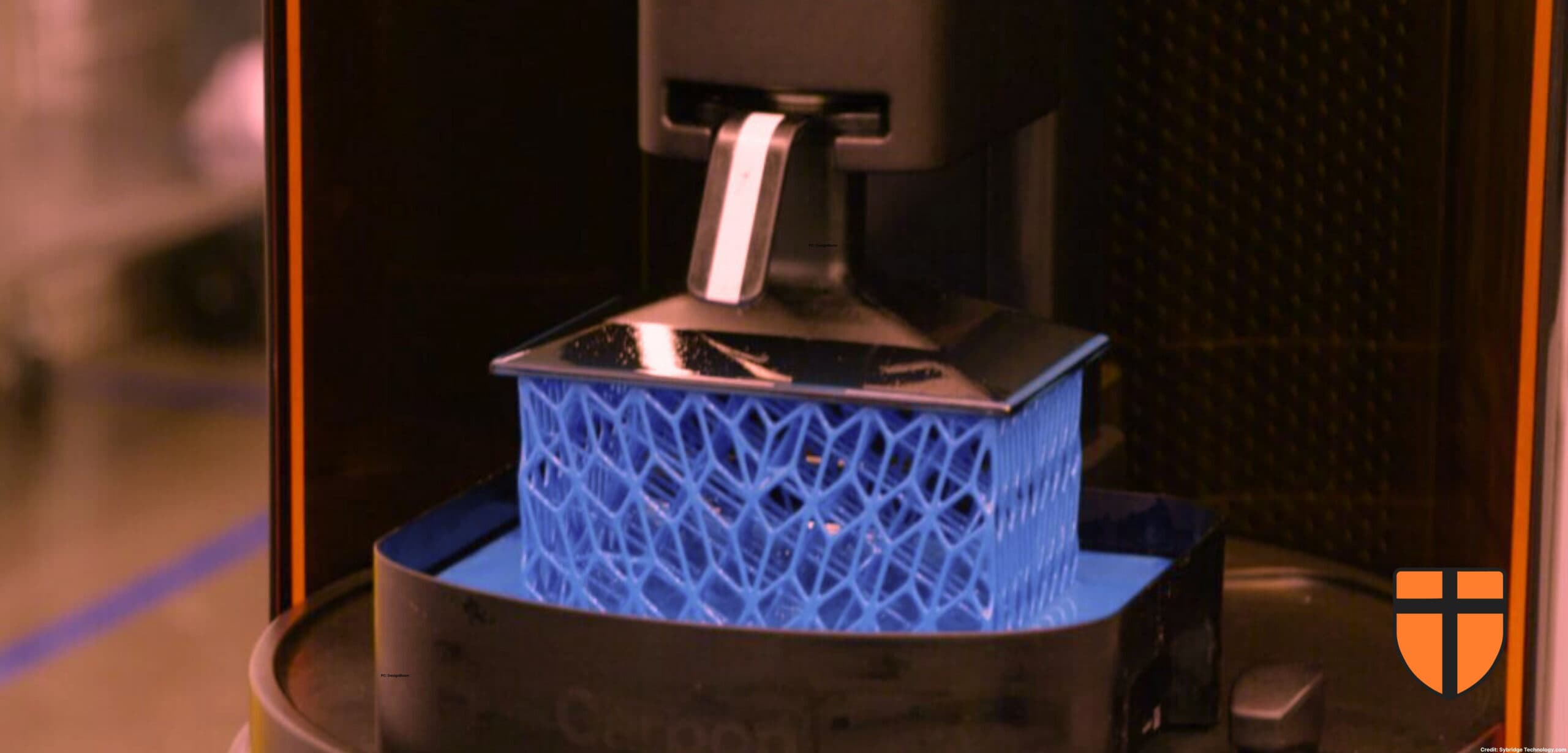
Medium and Message

A scientific breakthrough was made this week in the information storage field with the invention of a new complex material. Composed of zinc telluride, a semiconductor, and ethylenediamine, an organic compound, the material could be used to produce advanced versions of “phase change memory systems” (PCM), information storage devices that use a substance’s atomic structure to store data.
Information storage technology has existed for millennia. Since the days of ancient Sumeria men have used signs, like letters or numbers, to preserve or transmit knowledge. Numerous technologies have been developed to assist in this, from paper to the printing press. Most recently, computers and the internet have been used to make information almost universally accessible. The storage that computers use has come a long way itself, going from the first punch cards to modern hard drives. Phase change storage devices might be the next iteration of that progression.
Hard drives, the most common current form of digital information storage, use magnetic polarity to encode data. Tiny sections of a disk are magnetized, and the orientation of the positive and negative poles of the magnet are read by the computer as 0s or 1s, sets of which eventually determine the images and sentences you see on your screen. In contrast, phase change storage devices use the molecular state of a material to encode the data. Sections of the material which are around 1/1000th the size of a human hair are forced into one of two states, crystalline or amorphous, which have different resistances to electric conduction. That difference allows the reader built into the computer to read that section as either a 0 or a 1, and business proceeds as usual from there. Two important advantages of this storage type are that the sections encoding 0s and 1s can be stacked vertically, allowing for greater information density, and that it can last a very long time without power, since it’s built into the matter itself.
The latest breakthrough in this technology was the invention of a new material, one which can have its state shifted between amorphous and crystalline with a tiny mechanical pressure. Normally, thermal processes are used to change the structure, delicately melting and freezing the material into the correct states. The use of light mechanical pressure, however, could be a more efficient method, since the temperatures required to force a state change are extremely high. This would fix one of the biggest problems with PCMs, namely, their energy inefficiency.
This new technology, then, is a big step in making PCMs a viable form of information storage, which could greatly improve both the density and durability of computer memory, thanks to the simple mechanical process that it uses and the abovementioned vertical storage capabilities.
Catholics should, however, be wary of the ever increasing efficiency of information storage. While many goods can come from this progress, it’s not without dangers. The means by which we store information directly affect the means by which that information is consumed, which in turn affects what the recipient receives. As Marshall McLuhan said, “the medium is the message.”
Stored information, we must remember, is not knowledge. Knowledge is the conformance of the mind to reality; stored information is merely a middle man – neither the intrinsic fact of objective reality nor the human conformance to that fact. Even if the information itself is sound, the particulars of how it is conveyed to the person may be damaging. There are a thousand examples of this, from the abuse of rhetoric in political polemics to the shortening of attention spans through digital video content. Even the largest aggregation of facts can, through its medium, be used to deceive. “There are lies, damned lies, and statistics,” after all.
As Catholics, we recognize the importance of truth and the primacy of reason in the human person. We should know, therefore, to beware of anything which gets in truth’s way. As more information is consumed through our computers, it’s essential to make use of each thing for that to which it is best suited: The digital in its place, and the good old-fashioned book in its. You have the internet in your pocket, but don’t forget to keep reading books.





